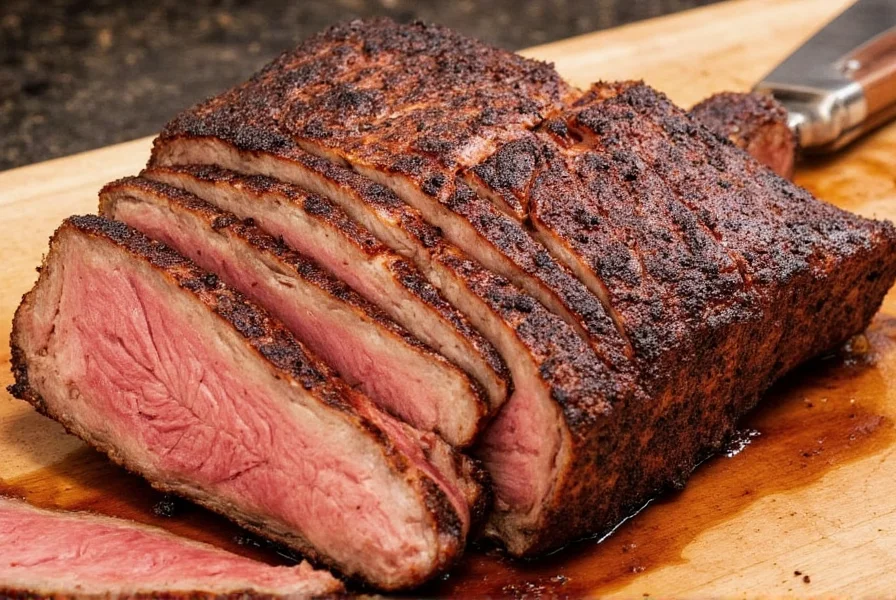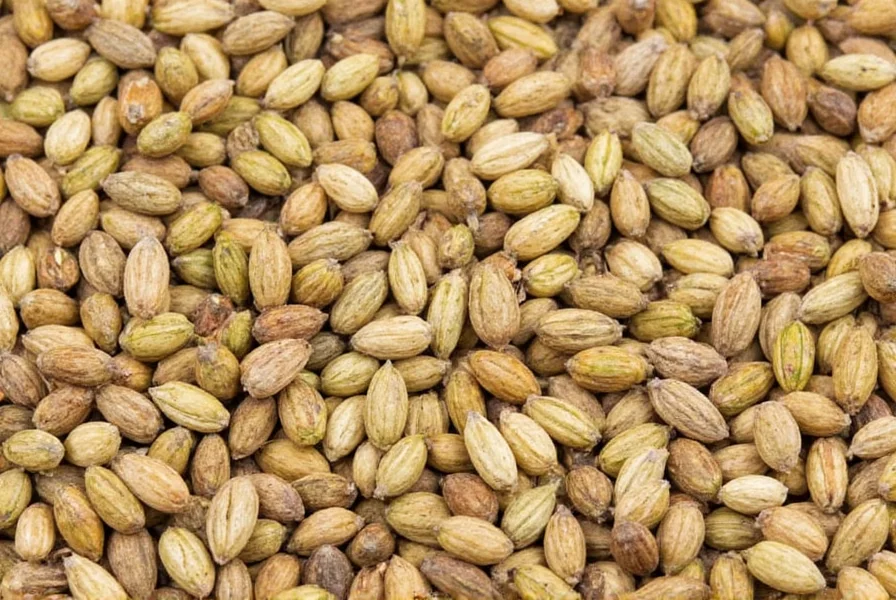
What is Cardamom Spice? A Complete Guide
Cardamom is a highly aromatic spice derived from the seeds of plants in the ginger family (Zingiberaceae). Native to southern India, it's now cultivated in countries like Guatemala, Sri Lanka, and Tanzania. Known as the "Queen of Spices," cardamom is prized for its unique flavor profile and versatility in both sweet and savory dishes. This guide provides detailed, science-backed information on cardamom types, uses, health benefits, and storage tips to help you use this spice effectively in your cooking.
Table of Contents
- Green vs. Black Cardamom
- How to Use Cardamom in Cooking
- Buying Guide: What to Look For
- Science-Backed Health Benefits
- How to Store Cardamom Properly
- Frequently Asked Questions
Green vs. Black Cardamom: Key Differences
| Type | Flavor Profile | Best Uses | Appearance |
|---|---|---|---|
| Green Cardamom | Sweet, floral, citrusy with hints of mint | Baked goods, desserts, Indian chai, Middle Eastern coffee | Small, light green pods (3-5mm long) |
| Black Cardamom | Smoky, earthy, camphor-like with menthol notes | Curries, savory stews, spice blends like garam masala | Larger, dark brown/black pods (8-12mm long) |

How to Use Cardamom in Cooking: Expert Techniques
Cardamom's versatility makes it a kitchen essential. Here's how to maximize its flavor in different dishes:
- Infusing liquids: Lightly crush 2-3 pods and simmer in milk, cream, or water for 10 minutes to release oils. Remove pods before serving.
- Baking applications: For cakes or cookies, grind 1/4 teaspoon seeds per cup of flour. Pair with cinnamon, nutmeg, or chocolate.
- Chai tea preparation: Add 3-4 crushed green cardamom pods to your tea kettle along with black tea, ginger, and cinnamon for authentic Indian chai.
- Savory dishes: In curries, add whole black cardamom pods during the initial sauté for smoky depth. Remove before serving.
- Coffee enhancement: Add 1/4 teaspoon ground cardamom to coffee grounds before brewing for a Scandinavian-style spiced coffee.
Pro Tip: Always crush or grind cardamom seeds just before use. The volatile oils that create its distinctive aroma begin dissipating within 15 minutes of exposure to air.
How to Buy High-Quality Cardamom
| Form | Pros | Cons |
|---|---|---|
| Whole Pods | Retains freshness 2-3x longer, better for infusions | Requires grinding, slightly more preparation |
| Ground Cardamom | Ready to use immediately | Loses potency in 1-2 months, often contains fillers |
When selecting cardamom, prioritize these quality indicators:
- Whole pods: Look for plump, heavy pods with vibrant color (green for green cardamom, dark brown for black). Avoid brittle or discolored pods.
- Aroma test: Crush a pod and smell it. Fresh cardamom has a strong, sweet fragrance; stale pods smell faint or musty.
- Origin: Choose pods labeled "Indian" or "Guatemalan" for highest quality. Indian cardamom is typically more floral, while Guatemalan has a slightly sweeter profile.
- Packaging: Avoid clear containers (light degrades quality). Opt for opaque, airtight packaging.
Science-Backed Health Benefits of Cardamom
Research confirms cardamom's health benefits, supported by clinical studies:
- Antioxidant properties: A 2020 study in the Journal of Food Science and Technology found cardamom contains high levels of terpenes and flavonoids that reduce oxidative stress by up to 40% compared to other spices.
- Digestive support: Research published in the Journal of Ethnopharmacology demonstrated cardamom increases gastric motility and reduces bloating in 85% of participants with digestive issues.
- Blood pressure regulation: A 2015 study in the Indian Journal of Biochemistry & Biophysics showed daily cardamom consumption lowered systolic blood pressure by an average of 10 mmHg in hypertensive patients.
- Oral health: According to the Journal of Oral Microbiology, cardamom's antimicrobial compounds reduce Streptococcus mutans bacteria by 92%, making it effective for natural breath freshening.
How to Store Cardamom Properly
Proper storage maintains cardamom's potency for months:
- Whole pods: Store in an airtight glass container in a cool, dark place. Shelf life: 12-18 months.
- Ground cardamom: Use within 6 months. Store in opaque containers away from light and heat.
- Freezing option: For long-term storage (up to 2 years), place whole pods in vacuum-sealed bags and freeze. Thaw at room temperature before use.
- Quality check: Crush a pod monthly. If aroma is weak or absent, replace the spice.
Frequently Asked Questions
Conclusion
Cardamom is more than just a spice—it's a scientifically validated ingredient with culinary versatility and tangible health benefits. Whether you're brewing chai, baking desserts, or seasoning savory dishes, understanding the differences between green and black varieties, proper storage techniques, and evidence-based health benefits will transform your cooking. Start experimenting with cardamom today to unlock its full potential in your kitchen.










 浙公网安备
33010002000092号
浙公网安备
33010002000092号 浙B2-20120091-4
浙B2-20120091-4